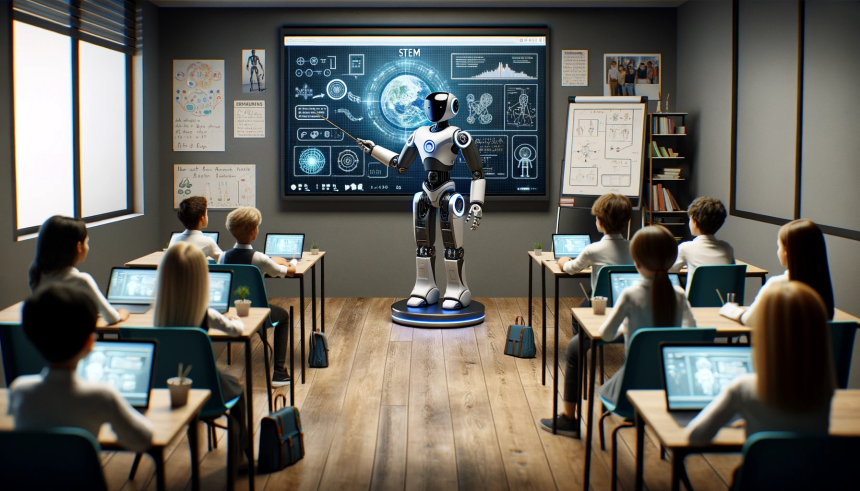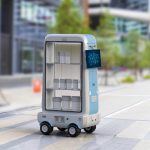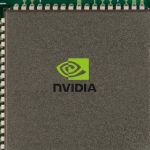Tesla has signaled a shift in its robotics ambitions by equipping its humanoid robot, Optimus, with the potential to operate vehicles beyond its own brand. As details emerge, industry analysts watch closely to see how this capability could impact the wider automotive and robotics sectors. The announcement arrives as speculation and expectations mount around the upcoming Gen 3 iteration, which the company has kept under wraps despite increasing media buzz and public demonstrations.
Earlier reports about Optimus focused mainly on factory automation and repetitive household tasks, with the robot acting almost solely within Tesla’s ecosystem. Updates from past months showcased initial abilities such as walking, object manipulation, and rudimentary interaction, while observers noted gradual but expected improvements in dexterity and learning capabilities. The current mention of cross-brand vehicle operation repositions Optimus in the broader mobility market, opening new discussions about interoperability and AI as a service beyond Tesla’s immediate product line.
What Can Optimus Do with Tesla’s FSD System?
Optimus is now slated to make use of Tesla’s Full Self-Driving (FSD) dataset to control cars that are not produced by Tesla. This enhancement means the robot could potentially handle any vehicle with minimal human intervention, moving its utility from simple manual tasks to acting as an autonomous driver in diverse environments. Tesla CEO Elon Musk commented,
“Probably,”
in response to whether the robot could operate any vehicle using the FSD platform. This broadens the robot’s scope significantly, granting it roles such as personal chauffeur and multipurpose assistant.
How Is Tesla Showcasing Optimus’s Progress?
To demonstrate the ongoing development, Tesla recently released a video featuring Optimus learning Kung Fu alongside a human instructor. Despite questions about the authenticity of the robot’s actions, Musk clarified,
“This is completely AI.”
The company emphasizes that these skills are acquired autonomously through AI and machine learning technology, not external operation or staged demonstrations. Such public tests serve both as a measure of transparency and a way to build anticipation ahead of the Gen 3 launch.
When Will the Gen 3 Optimus Be Revealed?
Tesla has announced its intention to introduce the third-generation Optimus in the near future, yet details remain closely guarded. Although a video shared last month hinted at a possible new design, Tesla clarified that the Gen 3 model has yet to be shown publicly. Internal improvements between the first and second generations have been notable, suggesting the company aims for significant advancements in the next version, even as the final appearance and full feature set are withheld.
The steady expansion of Optimus’s abilities demonstrates Tesla’s broader strategy of integrating its robotics with deep learning systems already present in its vehicles. Unlike rivals focusing solely on factory or service robotics, Tesla appears keen to build a platform where autonomous mobility extends into general environments. For users, practical implications could include expanded accessibility for vehicle operation, new personal assistant functions, and shifts in expectations for home robotics utility. As competitors monitor Tesla’s approach, the line between robotics and everyday automobility is likely to blur even further. Readers following the robotics and automotive industries should watch for the Gen 3 Optimus announcement, as it is expected to signal both technical progress and a potential shift in consumer robotics strategy.
- Tesla Optimus may soon operate vehicles outside the company’s fleet.
- Elon Musk confirmed Optimus’s use of Tesla’s Full-Self Driving AI platform.
- Details about Gen 3 Optimus remain undisclosed at this stage.










